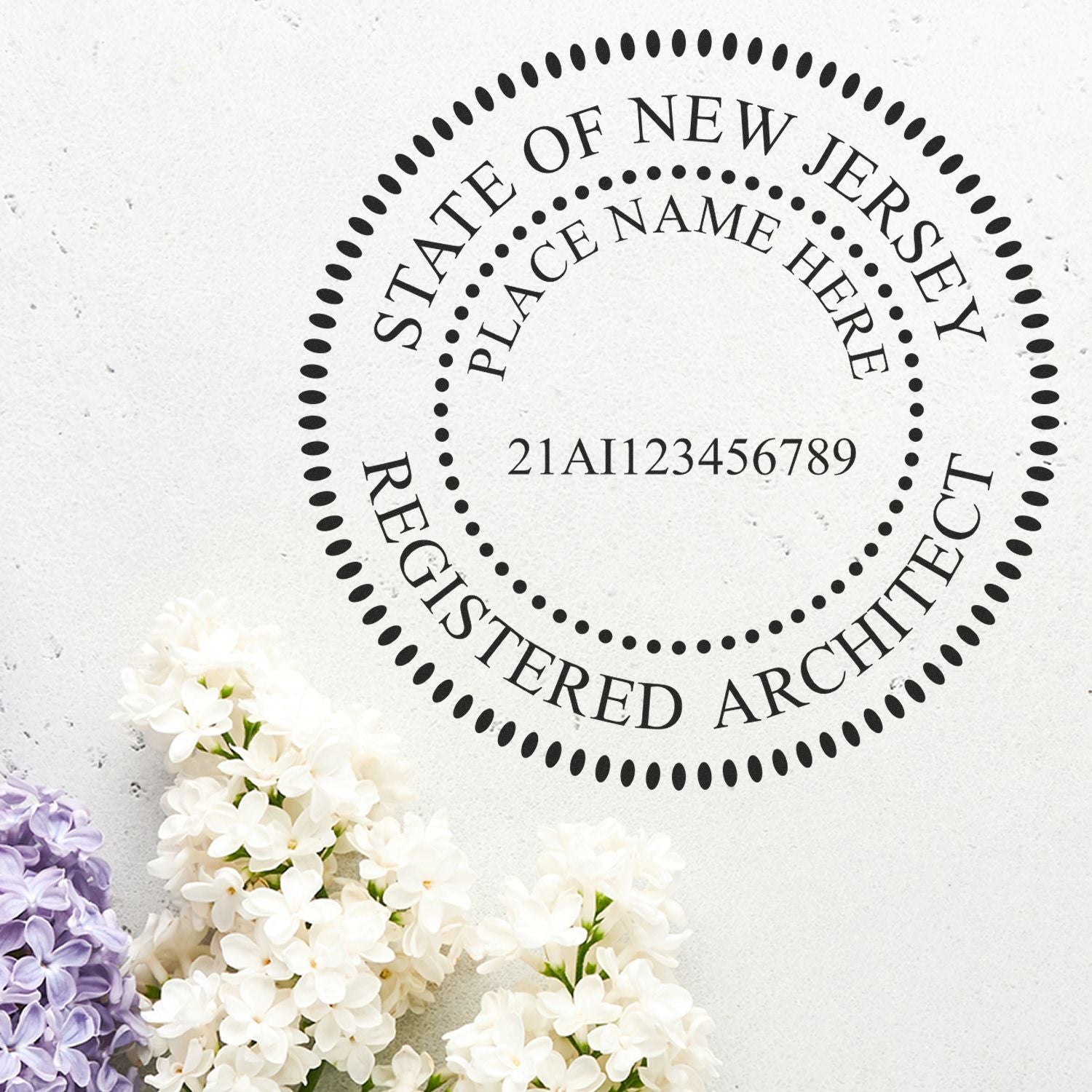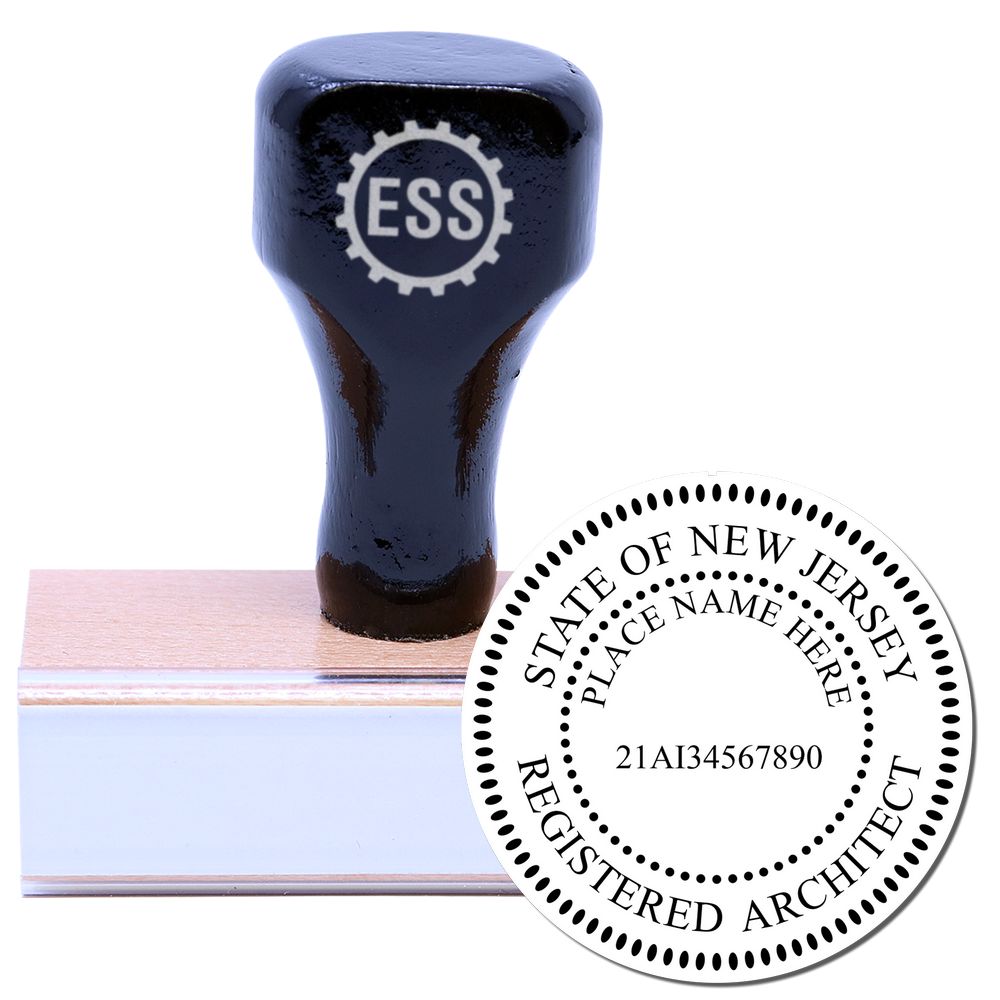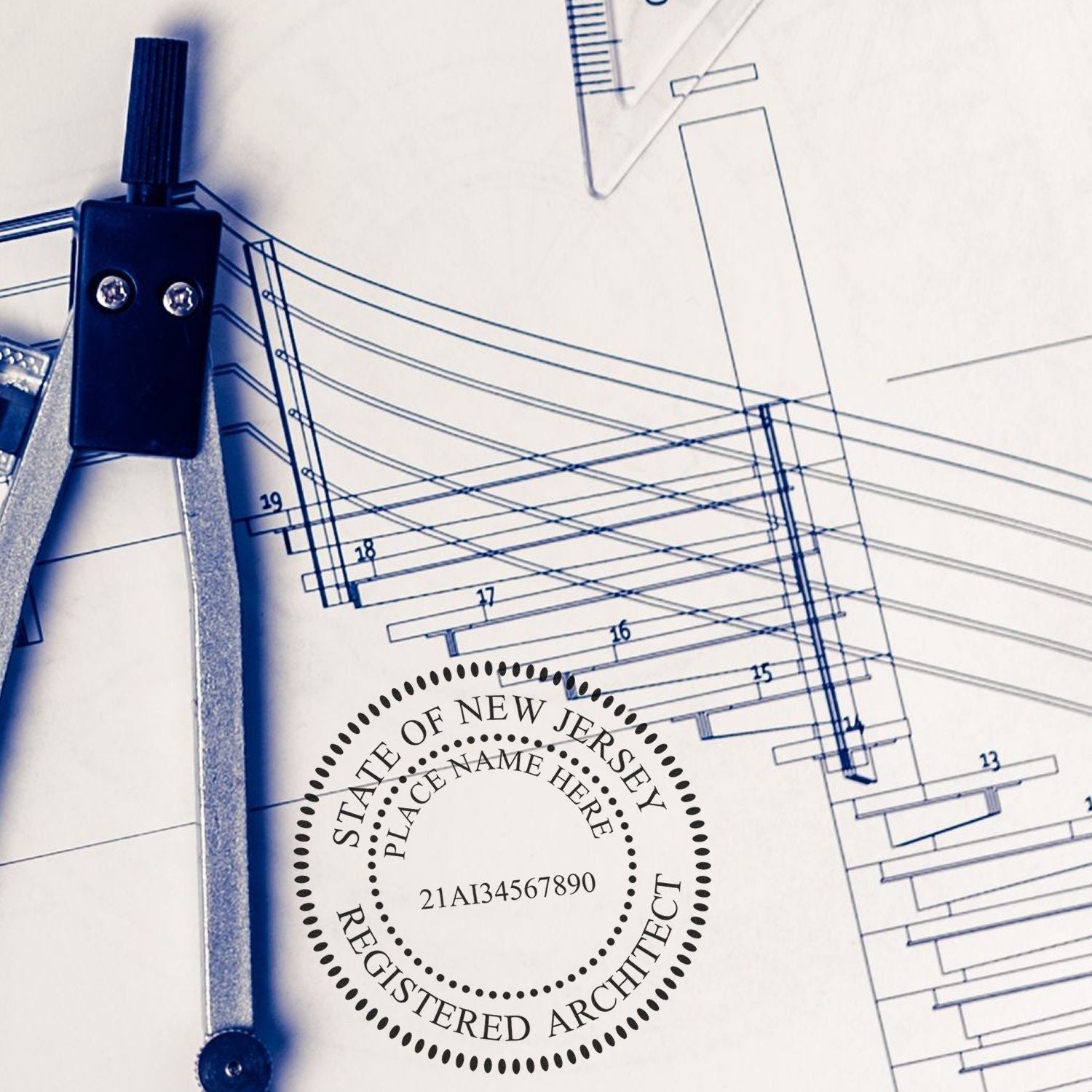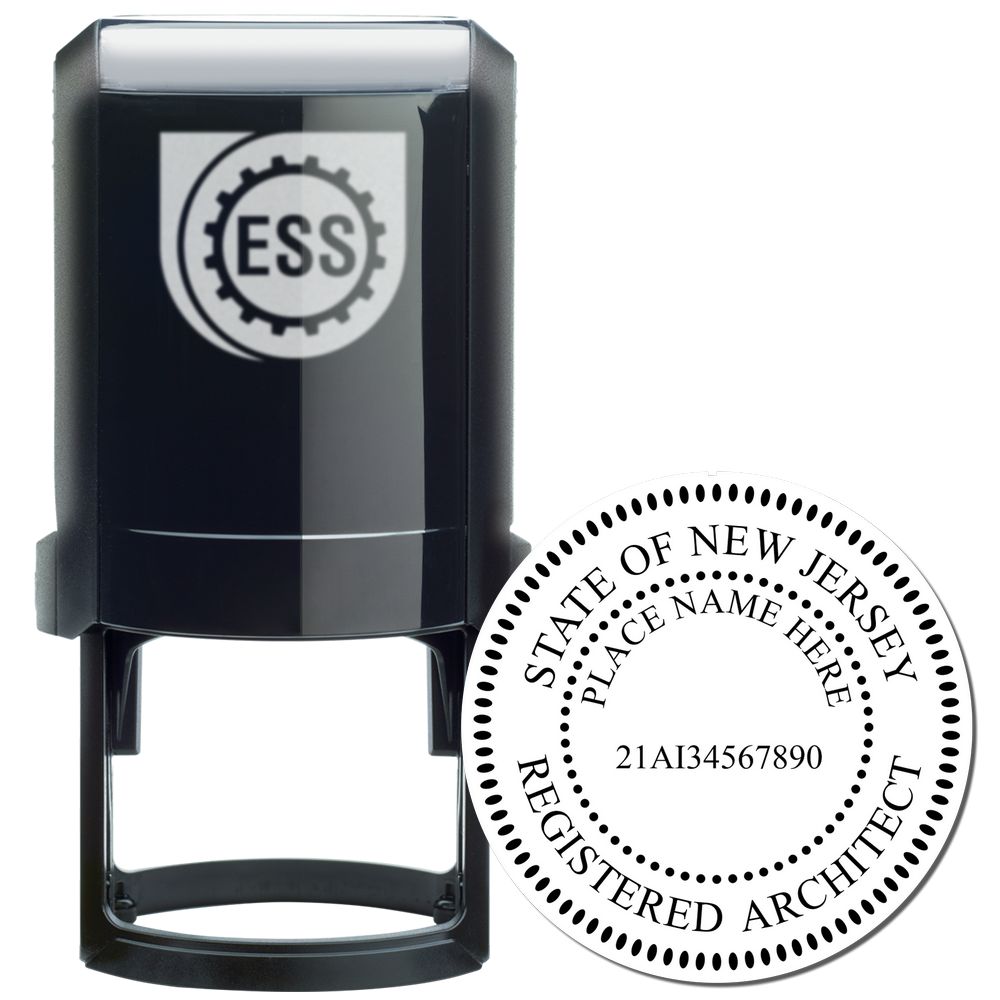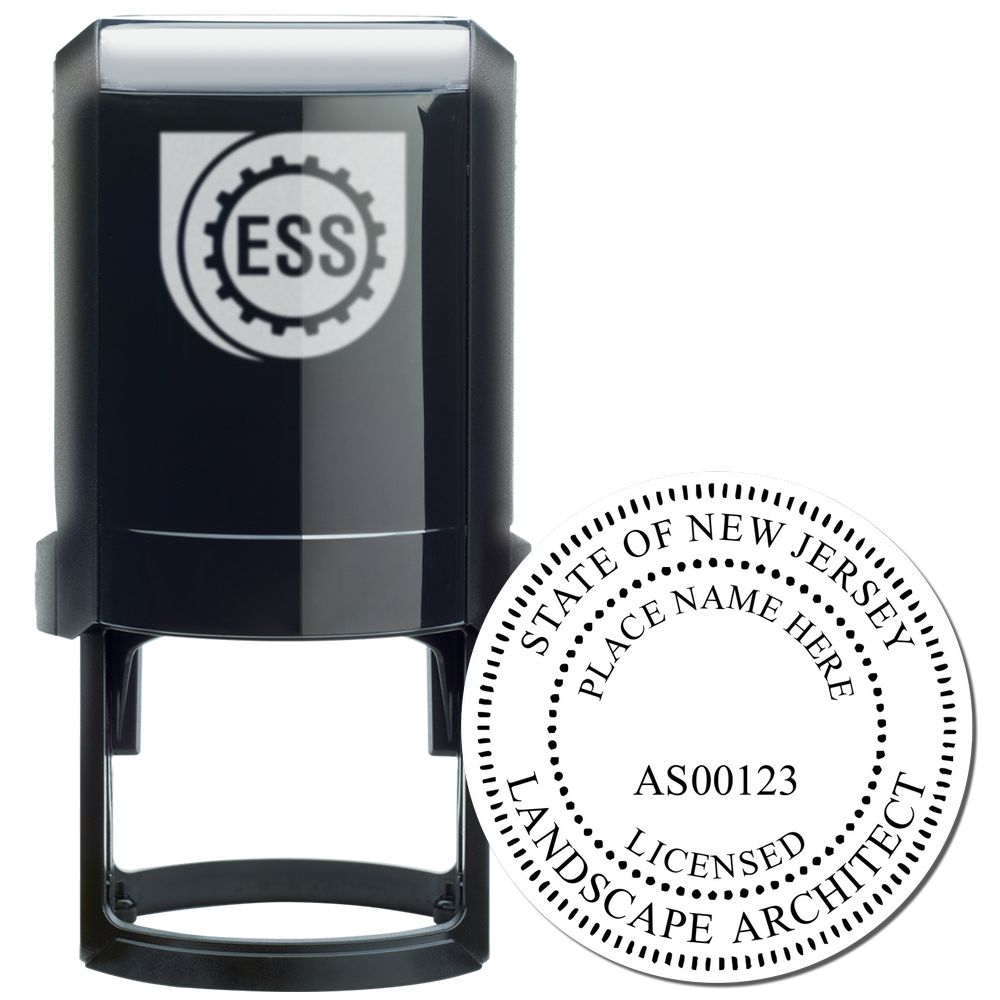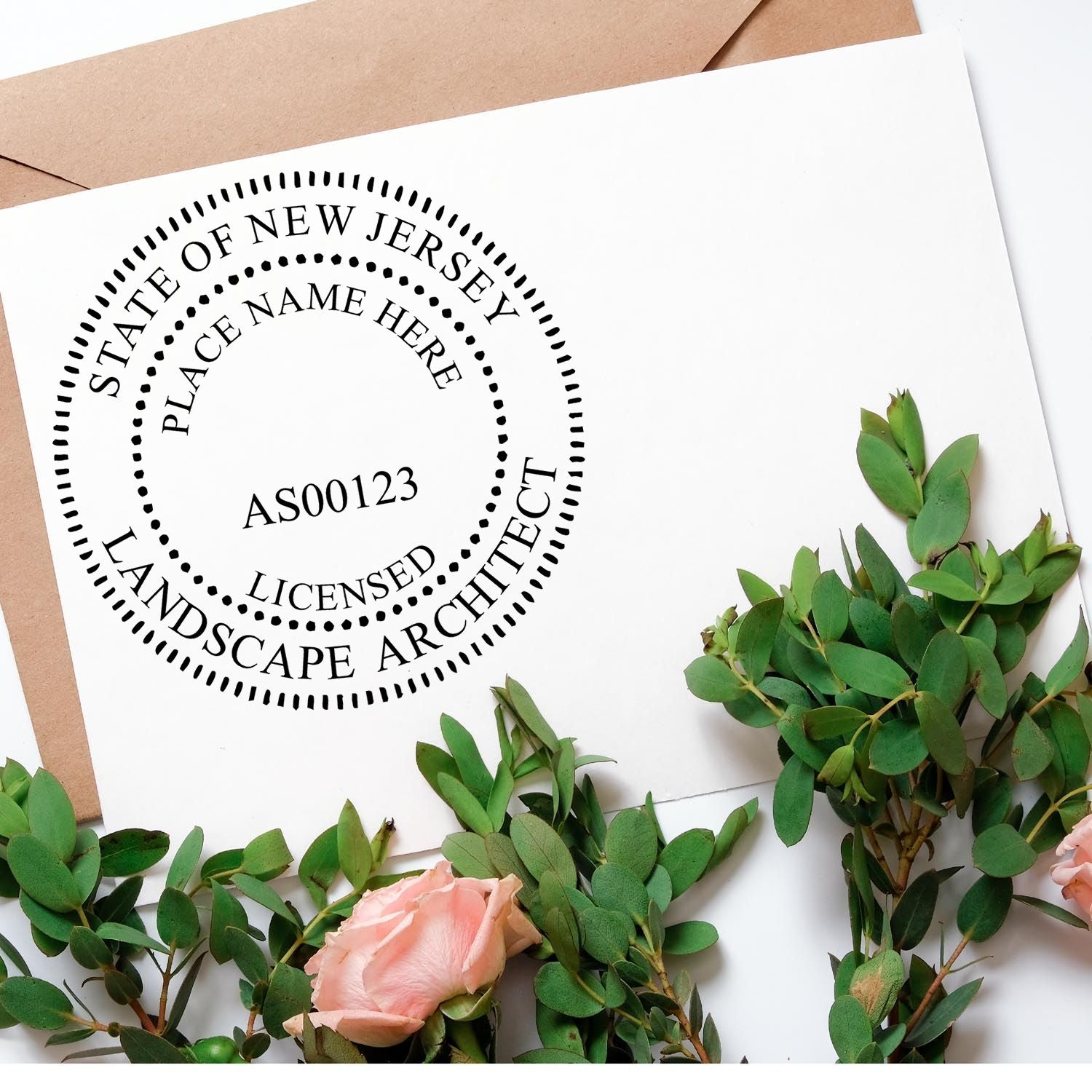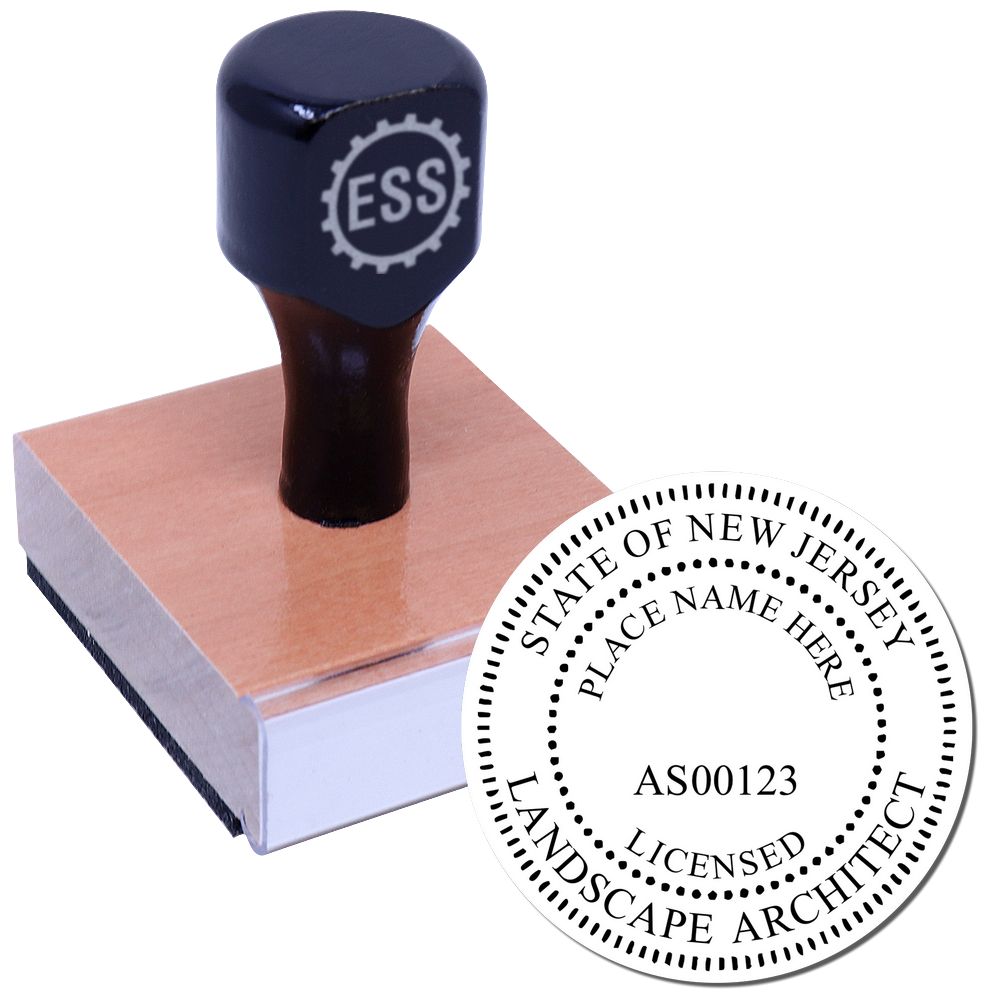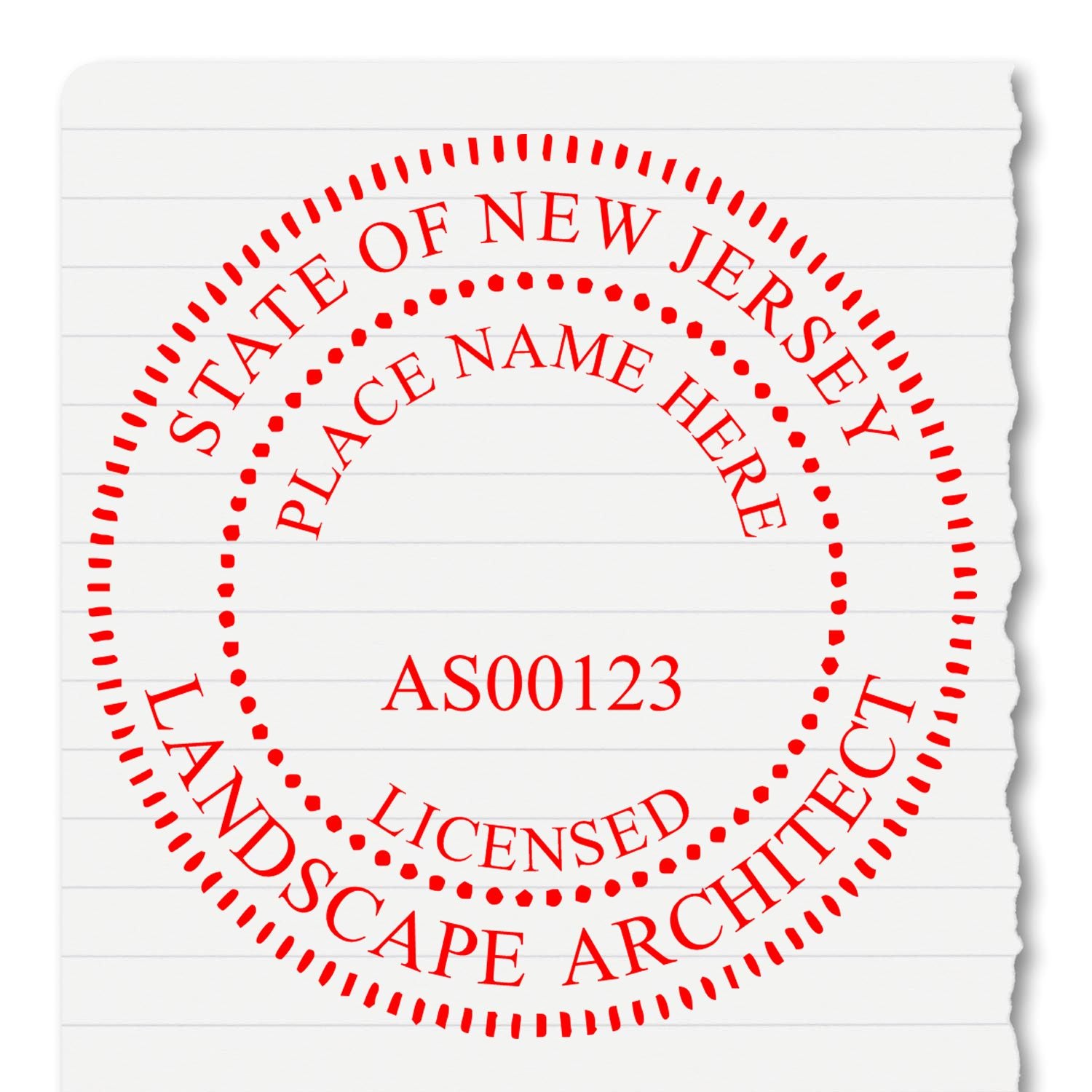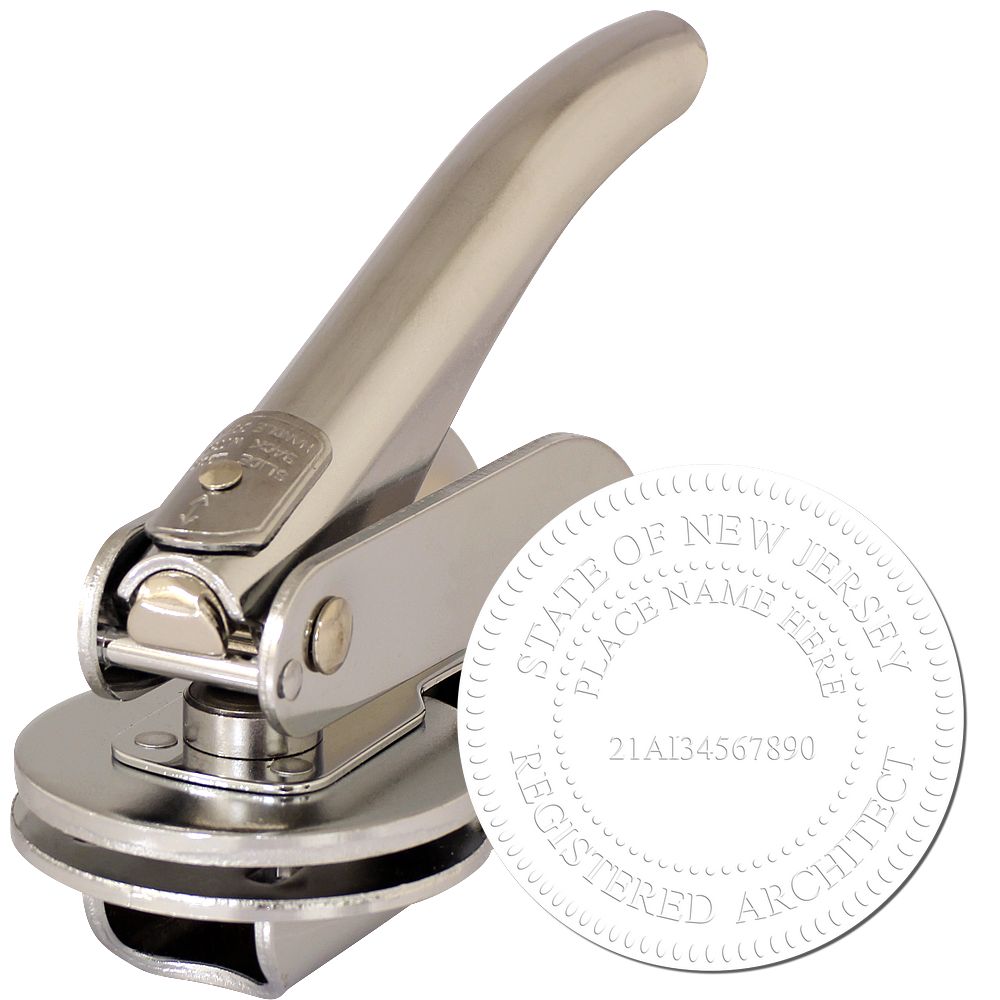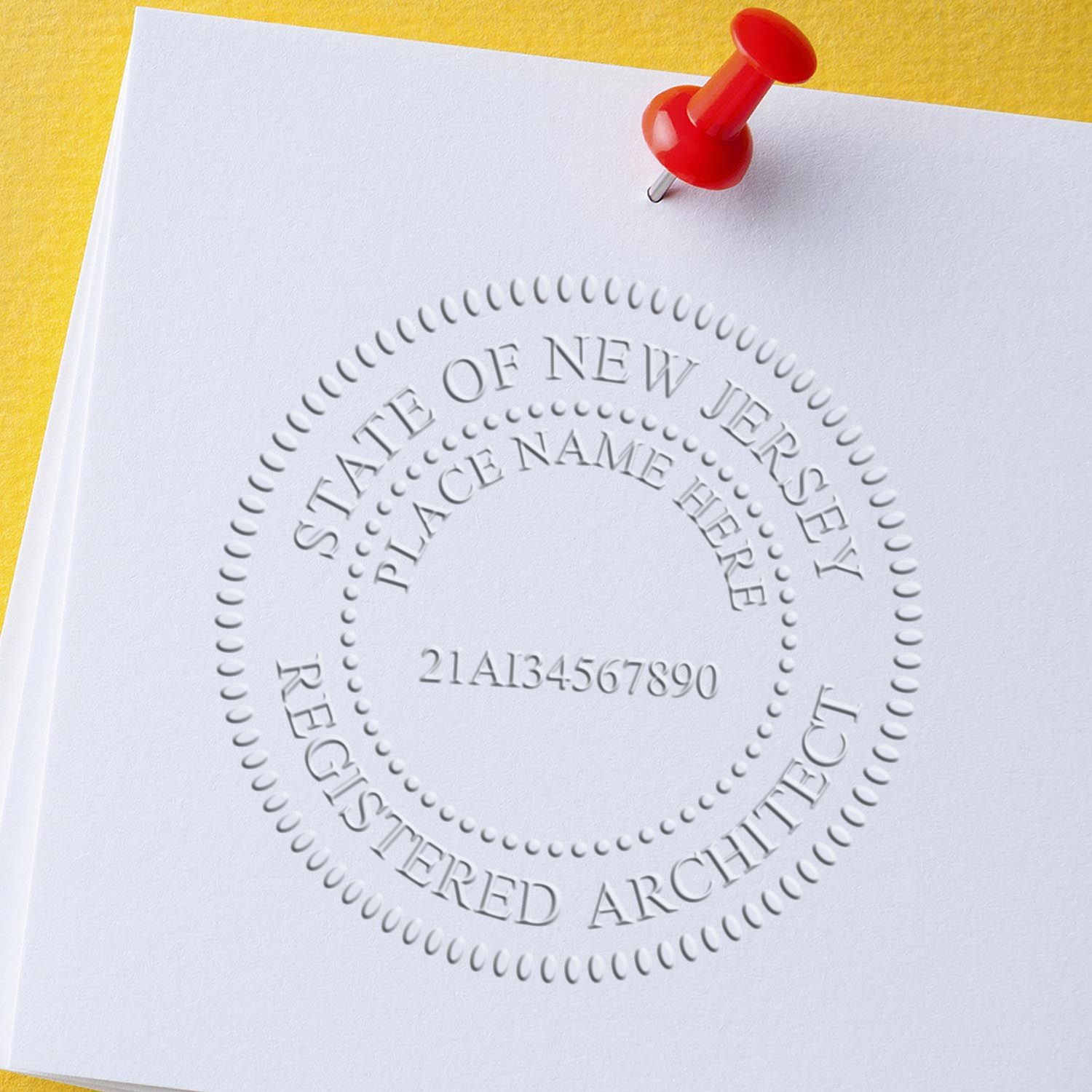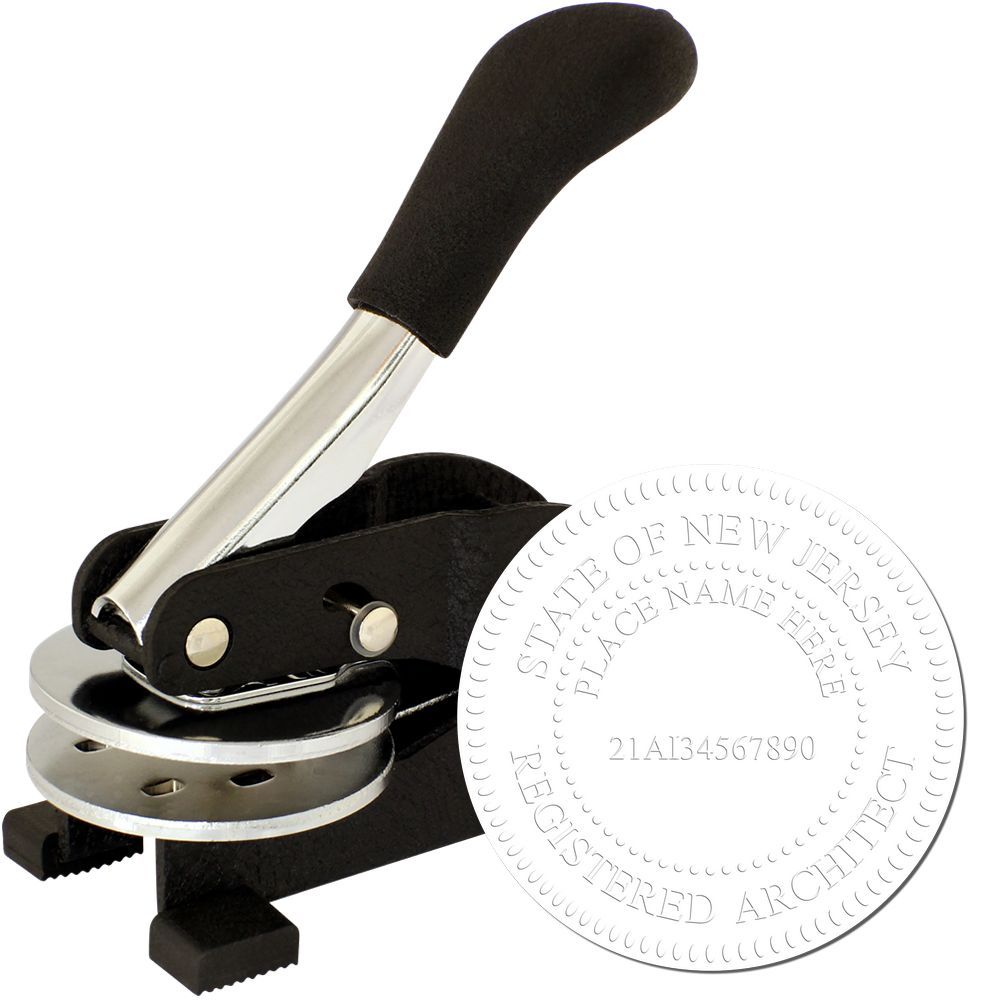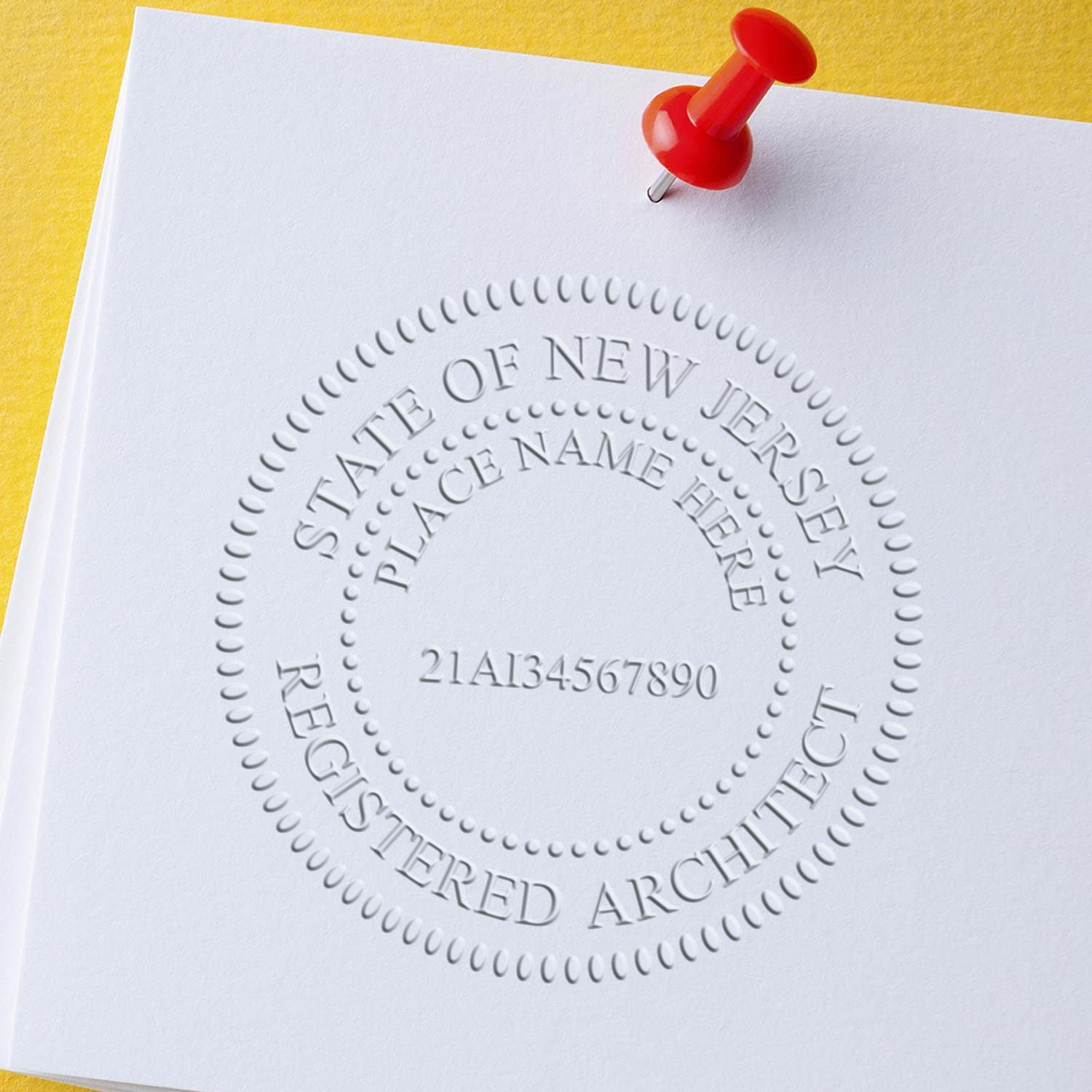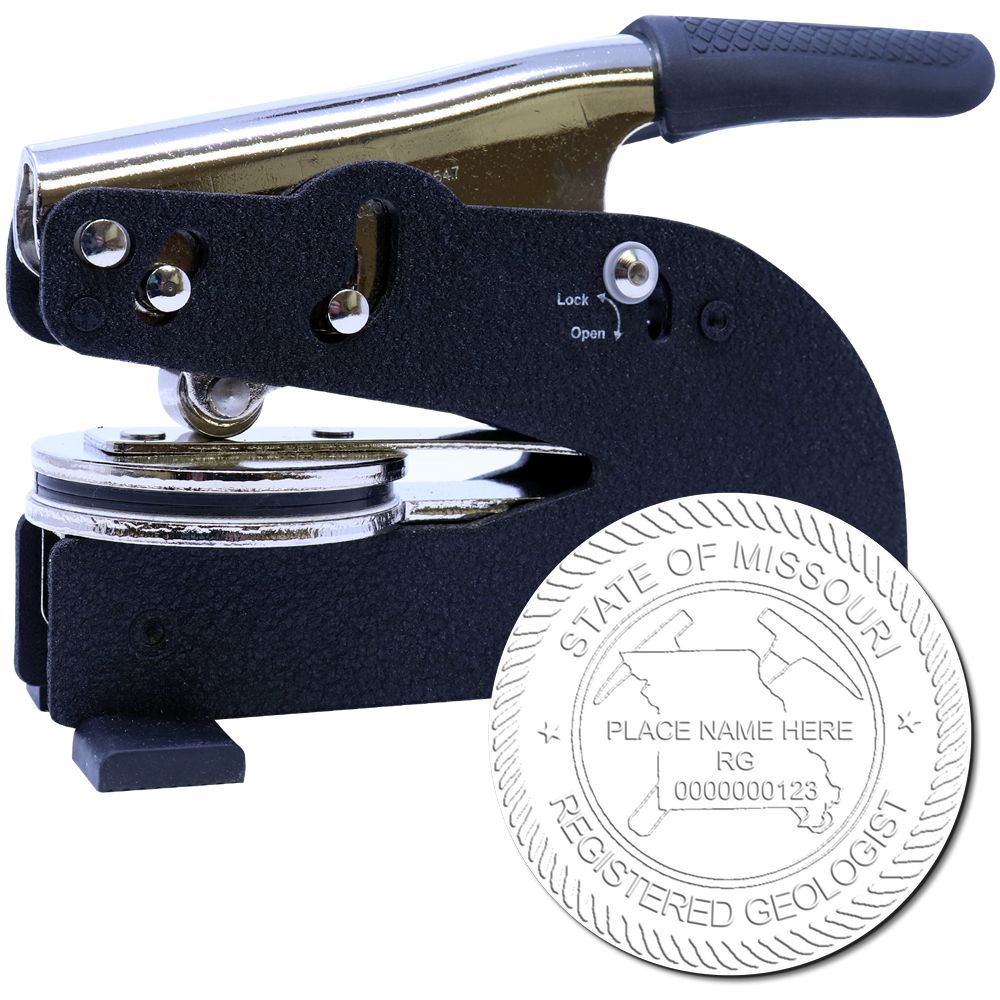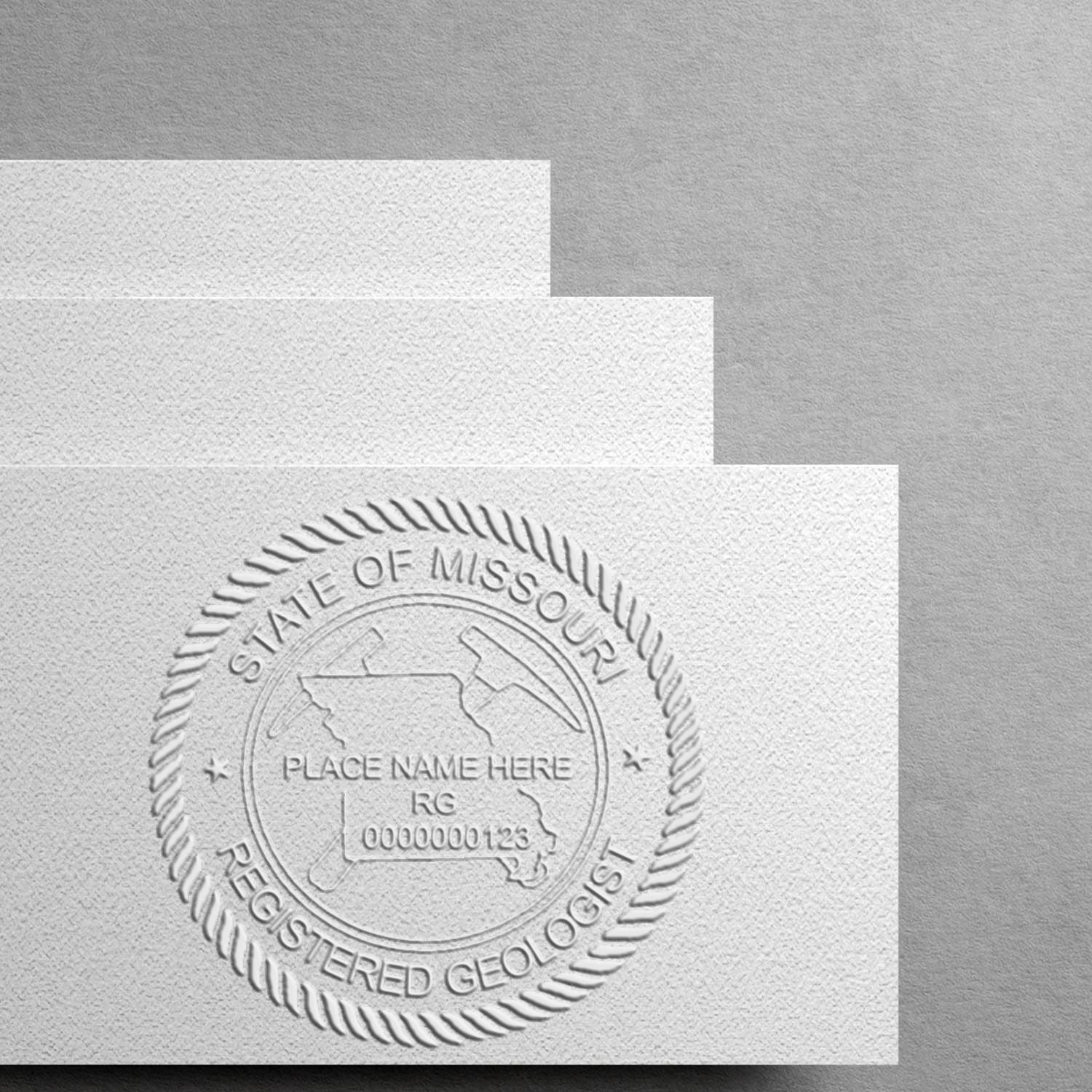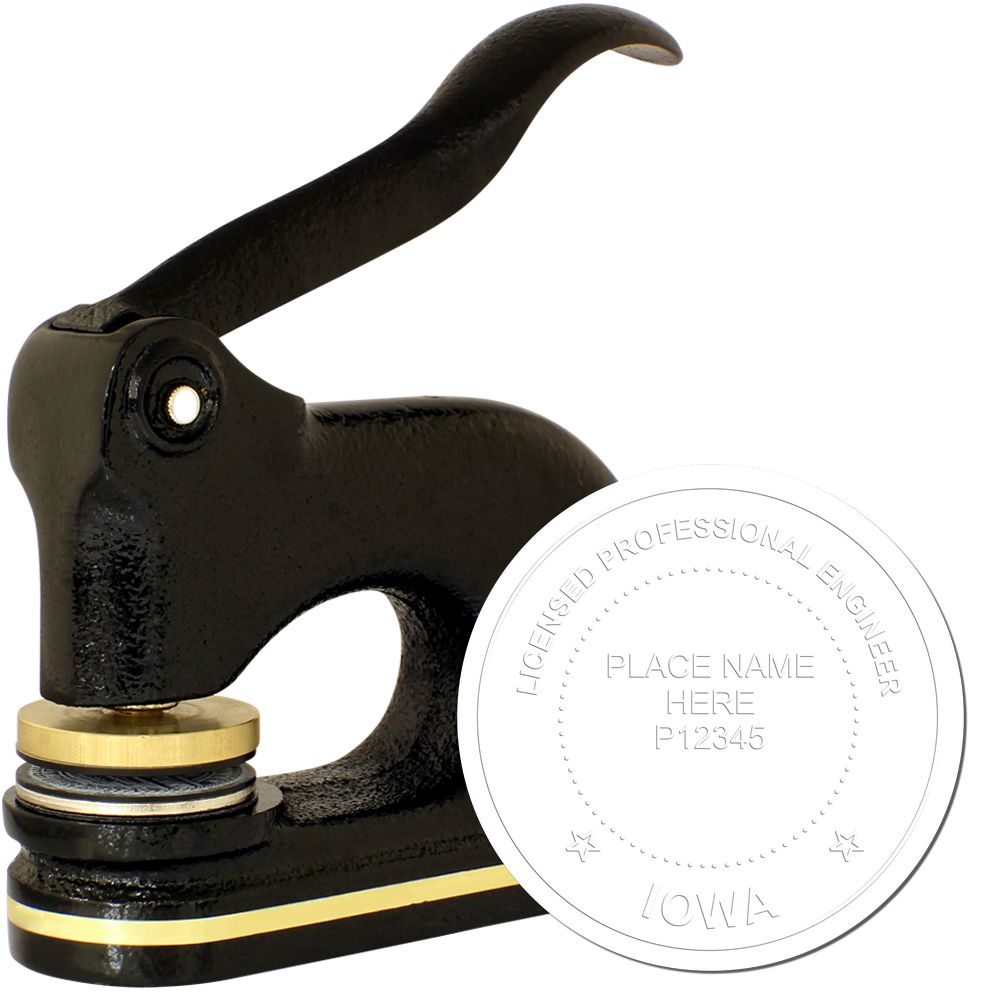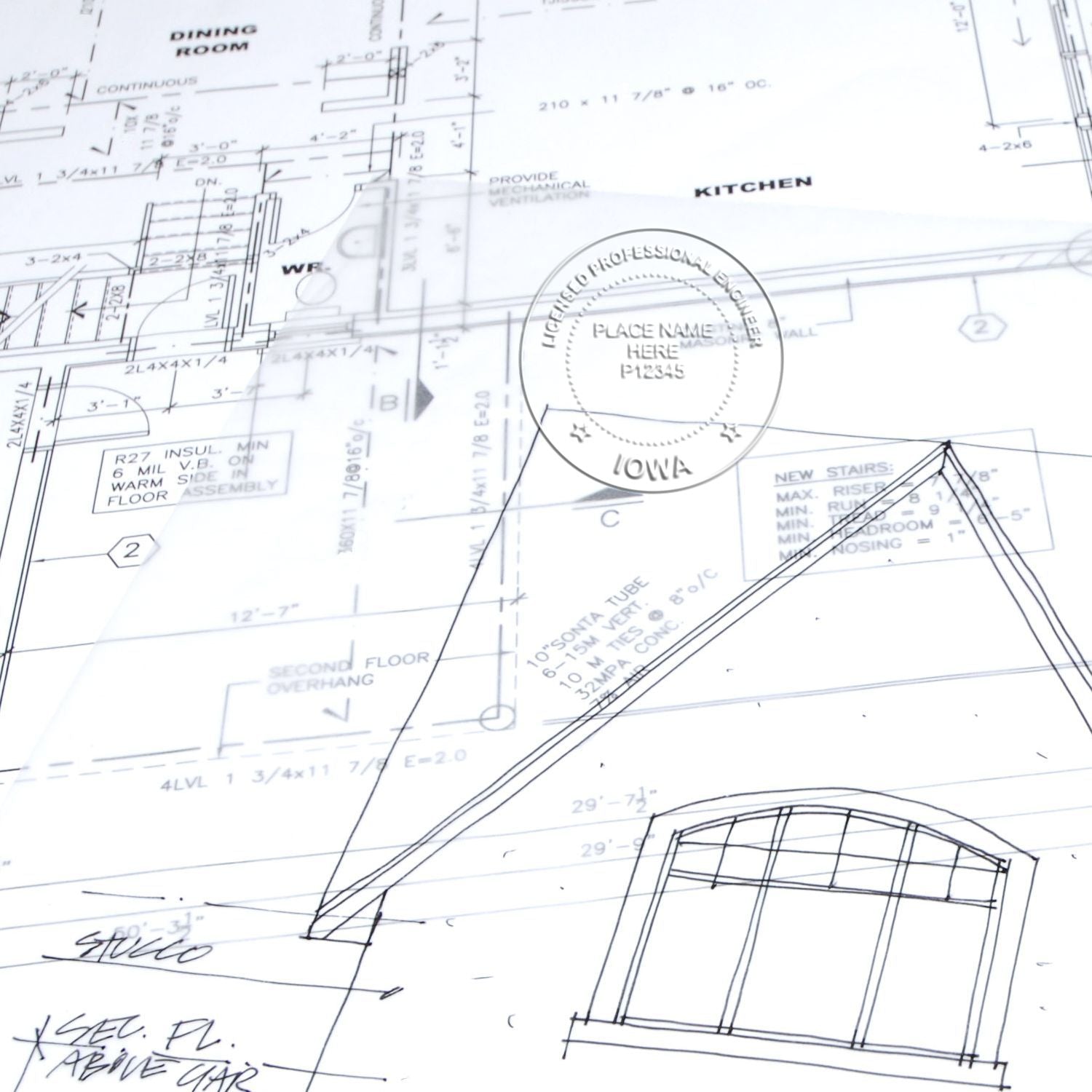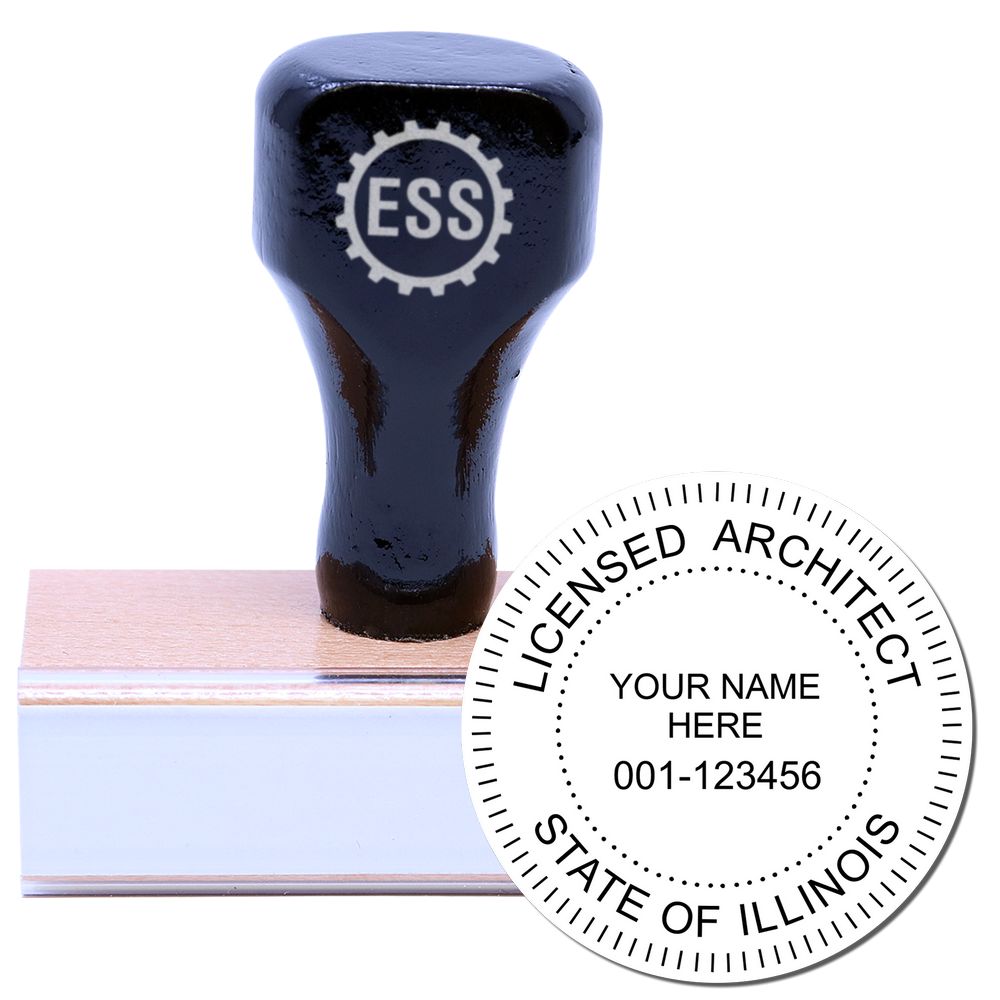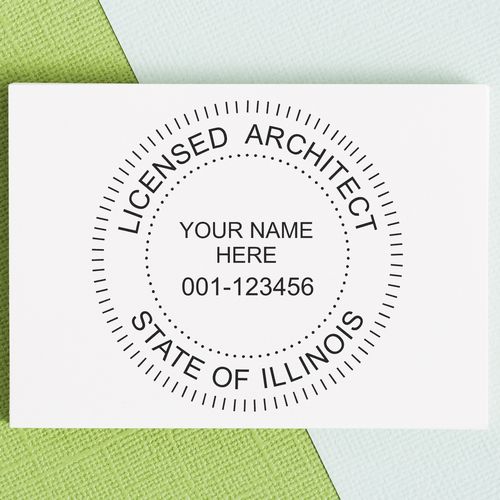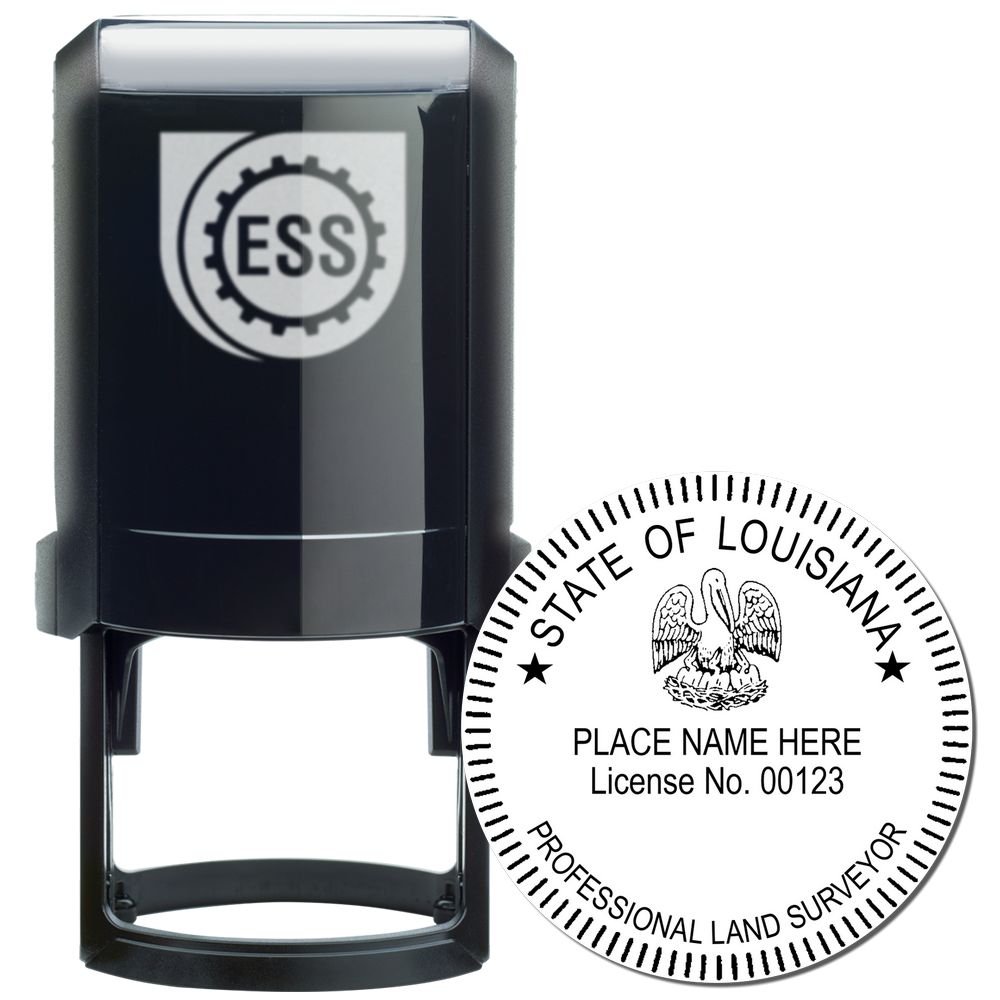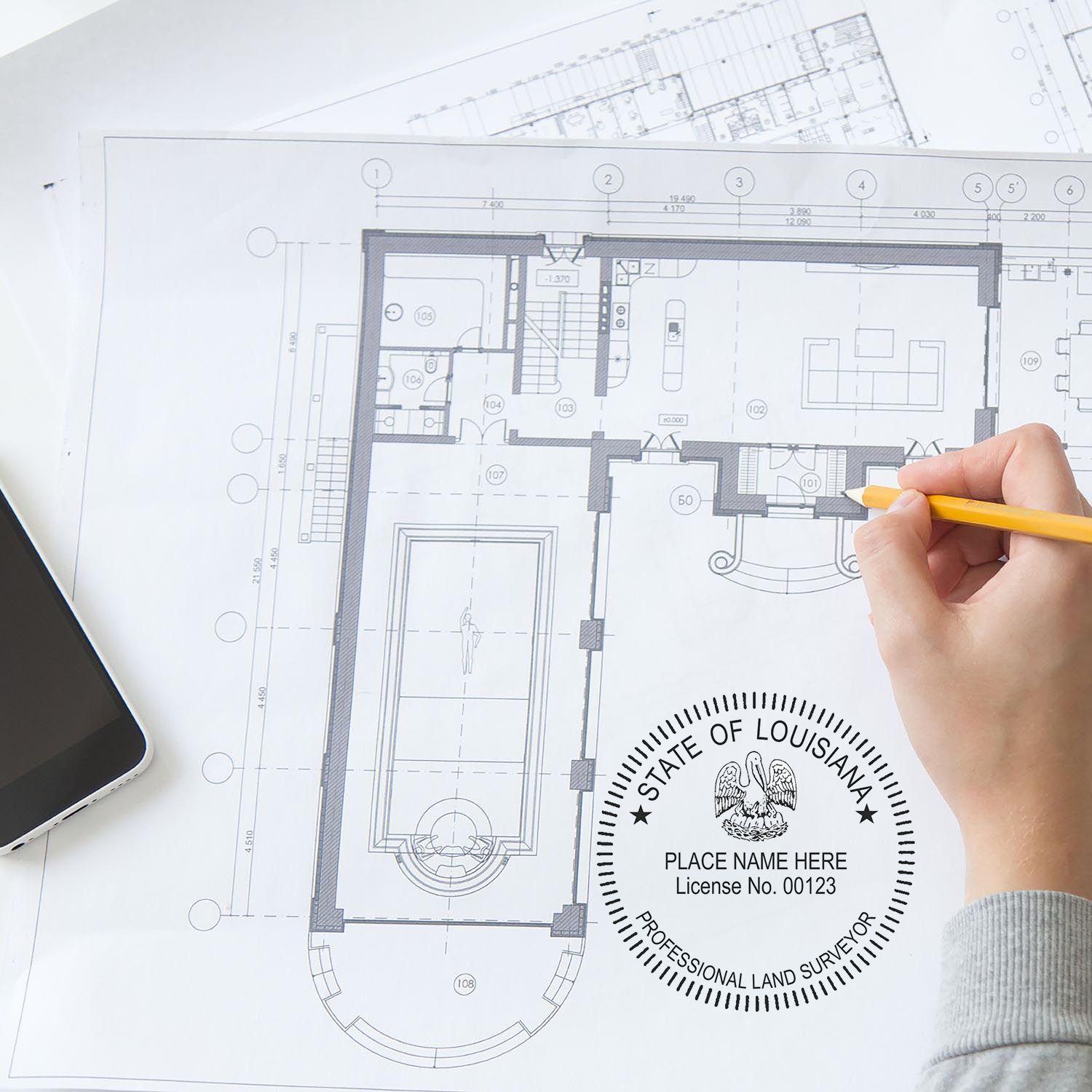Understanding New Jersey Architect Stamp Guidelines
Architect stamps and seals hold significant importance in the field of architecture, serving as an official mark of approval and authentication. In the state of New Jersey, architects must adhere to specific guidelines when it comes to using architect stamps and seals. This section will provide an understanding of the importance of architect stamps and an overview of the New Jersey architect stamp guidelines.
The Importance of Architect Stamps and Seals
Architect stamps and seals play a crucial role in ensuring the authenticity and accountability of architectural documents. These stamps are used to certify that a design or drawing has been prepared by a licensed architect and complies with the regulations and codes of the state. The use of architect stamps provides assurance to clients, contractors, and regulatory authorities that the architectural plans have been reviewed and approved by a qualified professional.
Architect stamps also serve as a means of protecting the public by maintaining the integrity and quality of architectural work. They help prevent unauthorized or unqualified individuals from practicing architecture, ensuring that only licensed professionals are responsible for designing and overseeing construction projects.
Overview of New Jersey Architect Stamp Guidelines
In New Jersey, architect stamp guidelines are established by the New Jersey State Board of Architects. These guidelines outline the requirements and specifications for architect stamps and seals. Architects must comply with these guidelines to ensure their stamps are valid and legally recognized.
The guidelines cover various aspects of architect stamps, including design and layout specifications, size and placement guidelines, and the required information that must be included on the stamp. It is important for architects to familiarize themselves with these guidelines to ensure they are in compliance with the state regulations.
To learn more about the specific requirements for architect stamps in New Jersey, architects can refer to our detailed article on new jersey architect seals. This resource provides comprehensive information on the necessary elements of a New Jersey architect seal and the regulations for its use.
By understanding the importance of architect stamps and familiarizing themselves with the New Jersey architect stamp guidelines, architects can ensure that their work is in accordance with the state's regulations and maintain their professional integrity. It is essential for architects to stay informed and up to date with any changes or updates in the guidelines to ensure compliance with the law. For more information on architect license requirements in New Jersey, refer to our article on new jersey architect license requirements.
Requirements for New Jersey Architect Stamps
When it comes to using architect stamps in New Jersey, there are specific design and layout specifications as well as size and placement guidelines that architects must adhere to. These requirements ensure consistency and professionalism in the field. Let's explore these requirements in detail.
Design and Layout Specifications
The design and layout of a New Jersey architect stamp must meet certain specifications to comply with the state guidelines. Here are the key requirements to keep in mind:
-
Text Content: The stamp must include the architect's full name, registration number, and the words "Registered Architect" or "Architect." It is important to accurately represent this information to avoid any confusion or misrepresentation.
-
Font and Size: The text on the stamp should be clearly legible and not smaller than 1/8 inch in height. The font style can be chosen based on personal preference, as long as it meets the legibility requirements.
-
Seal Shape: The shape of the architect seal should be circular, oval, or rectangular. Other shapes are not accepted for official use. The choice of shape should align with your personal and professional branding while adhering to the approved options.
Size and Placement Guidelines
In addition to the design and layout specifications, New Jersey architect stamps must adhere to size and placement guidelines for consistency and visibility. Here are the key considerations for size and placement:
-
Size: The diameter of a circular or oval architect stamp must be between 1 1/2 inches and 2 inches. If using a rectangular stamp, the maximum dimensions should not exceed 1 1/2 inches by 2 1/2 inches. It is important to select an appropriate size that is visible and proportional to the documents being stamped.
-
Placement: The architect stamp should be placed on the official documents in a prominent and visible location. It is typically affixed near the architect's signature, ensuring that it does not obstruct any critical information or drawings on the document.
Save 20%
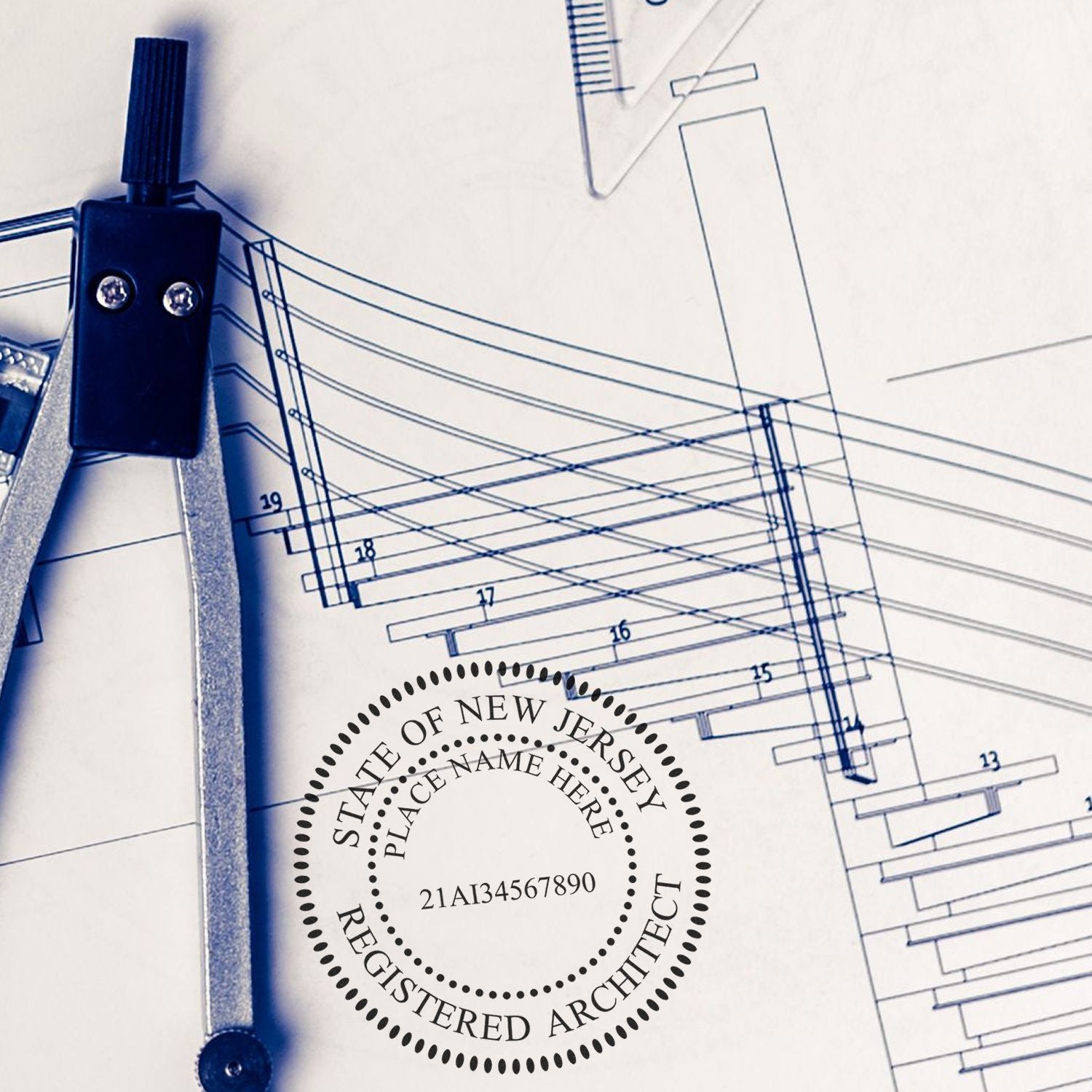 Digital New Jersey Architect Stamp, Electronic Seal for New Jersey Architect3008ARC-NJSale price$20.00 Regular price$25.00Save 15%
Digital New Jersey Architect Stamp, Electronic Seal for New Jersey Architect3008ARC-NJSale price$20.00 Regular price$25.00Save 15%
 Premium MaxLight Pre-Inked New Jersey Architectural Stamp3021ARC-NJSale price$46.95 Regular price$55.00
Premium MaxLight Pre-Inked New Jersey Architectural Stamp3021ARC-NJSale price$46.95 Regular price$55.00
By following these requirements for design, layout, size, and placement, architects in New Jersey can ensure that their architect stamps are compliant with the state guidelines. It is essential to stay informed about the latest regulations to maintain professional standards. For more information on New Jersey architect seals and licensing requirements, refer to our article on new jersey architect seals.
Remember, architect stamps play a vital role in validating architectural documents and establishing credibility. It is recommended to obtain architect stamps from reputable sources that provide customizable options to meet your specific needs. Visit our article on new jersey architect stamp to explore where to purchase these stamps and the customization options available.
Compliance with the design, layout, size, and placement guidelines is an essential aspect of an architect's professional responsibility. Failure to comply with these requirements may result in consequences such as legal implications or the rejection of stamped documents. Stay up to date with the latest regulations and consult the relevant resources to ensure full compliance. Knowledge is key to maintaining professional integrity in the architectural field.
Elements of a New Jersey Architect Stamp
To meet the New Jersey architect stamp guidelines, it is important to understand the required information and optional design elements that should be included on the stamp. A New Jersey architect stamp serves as an official mark of approval, indicating that the architectural plans and documents have been prepared by a licensed architect.
Required Information
When obtaining a New Jersey architect stamp, there is specific information that must be included. This information helps to identify the architect responsible for the design and ensures compliance with state regulations. The required information typically includes:
- Architect's Name: The full legal name of the architect, as it appears on their license.
- License Number: The unique license number issued to the architect by the New Jersey State Board of Architects.
- "Registered Architect": The title or abbreviation that denotes the architect's professional registration, such as "RA" or "Registered Architect".
- State of New Jersey: Clear indication that the architect is registered in the state of New Jersey.
Including the required information on the architect stamp is essential to meet the legal and compliance standards set forth by the state. It helps to ensure the authenticity and credibility of the architectural plans and documents.
Optional Design Elements
While the required information is crucial, architects also have the flexibility to include optional design elements on their New Jersey architect stamp. These design elements can enhance the aesthetics of the stamp and reflect the architect's personal or professional branding. Some common optional design elements include:
- Firm Name or Logo: Architects may choose to include their firm's name or logo on the stamp, providing additional recognition and branding.
- Contact Information: Optional inclusion of phone number, email address, or website, allowing clients and stakeholders to easily reach out for further information.
- Additional Certifications or Memberships: Architects can showcase their additional certifications or memberships related to the field of architecture.
While these design elements are not mandatory, they can add a personalized touch to the architect stamp and reinforce the architect's professional identity.
By ensuring that the required information is included and considering the optional design elements, architects can create a New Jersey architect stamp that aligns with the state guidelines and represents their professional identity. It is important to note that architect stamps must be obtained from authorized vendors. For more information on where to purchase a New Jersey architect stamp, customization options, and other related topics, refer to our article on new jersey architect seals.
Obtaining a New Jersey Architect Stamp
To ensure compliance with the New Jersey architect stamp guidelines, architects must obtain a valid architect stamp or seal. This section will outline where to purchase these stamps and the customization options available.
Where to Purchase
Architect stamps or seals can be purchased from authorized vendors. It's important to choose a reputable vendor that provides high-quality stamps that meet the required specifications. Online vendors offer convenient options for architects to browse and purchase architect stamps. It's recommended to select a vendor that specializes in architect seals and has a good reputation within the industry.
When shopping for a New Jersey architect stamp, architects should consider factors such as the vendor's experience, customer reviews, and compliance with New Jersey architect seal regulations. For more information on the requirements and regulations specific to New Jersey, refer to our article on New Jersey architect seals.
Customization Options
Architects have the opportunity to customize their architect stamps to reflect their professional identity. While the basic information required on the stamp is standardized, architects can often choose from various options to personalize the design to some extent.
Customization options may include:
-
Architect's Name: The architect's full name or initials are typically included on the stamp. This allows for easy identification of the responsible architect for the project.
-
Architect's License Number: Including the architect's license number on the stamp helps to further verify their credentials and compliance with New Jersey architect license requirements.
Save 20%
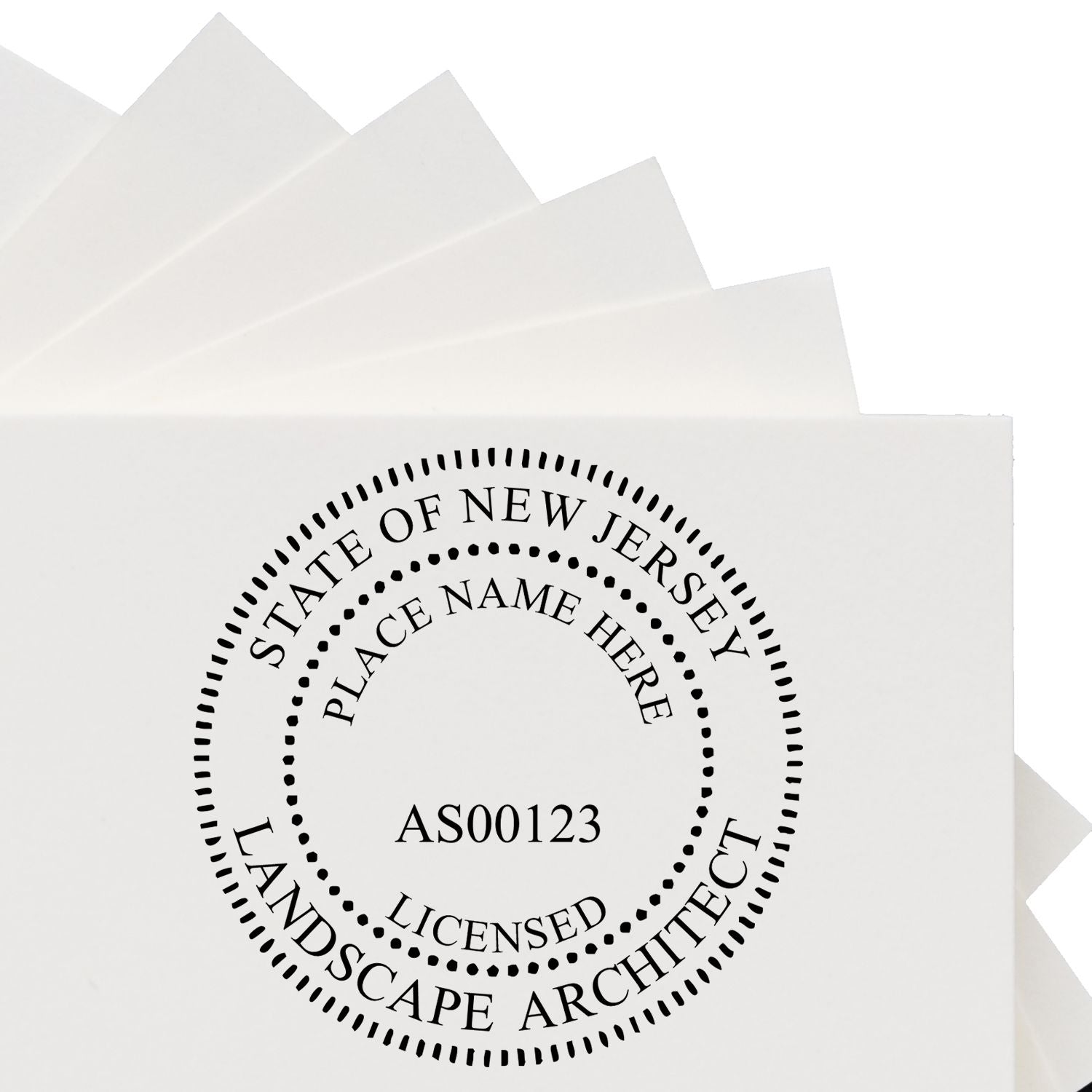 Digital New Jersey Landscape Architect Stamp, 6 File Types3008LA-NJSale price$20.00 Regular price$25.00Save 15%
Digital New Jersey Landscape Architect Stamp, 6 File Types3008LA-NJSale price$20.00 Regular price$25.00Save 15%
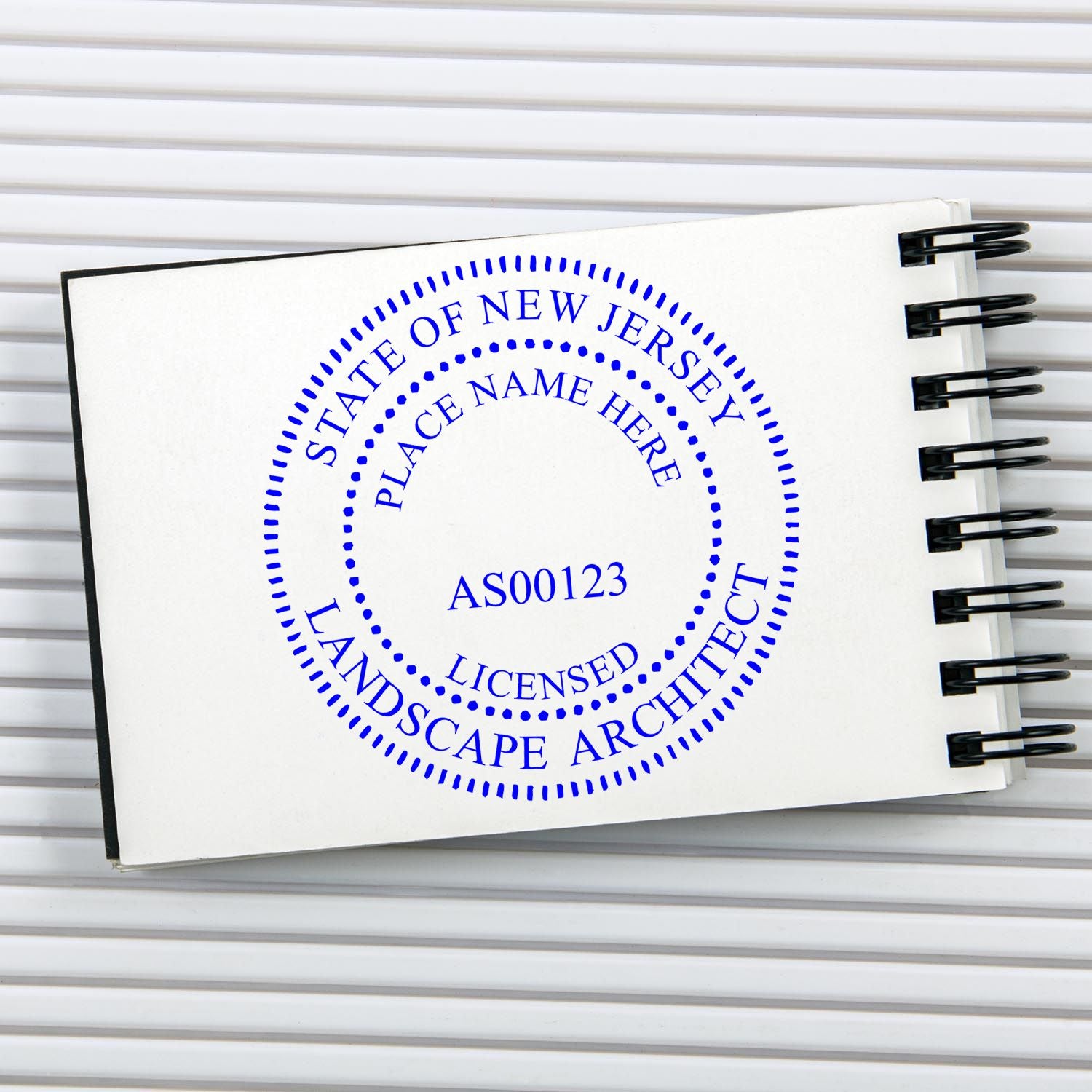 Premium MaxLight Pre-Inked New Jersey Landscape Architectural Stamp3021LA-NJSale price$46.95 Regular price$54.95
Premium MaxLight Pre-Inked New Jersey Landscape Architectural Stamp3021LA-NJSale price$46.95 Regular price$54.95 -
Firm Name/Logo: Architects who work with a specific firm may choose to include the firm's name or logo on the stamp, providing additional branding and professional recognition.
-
Additional Design Elements: Depending on the vendor and customization options available, architects may have choices for additional design elements, such as border styles, font options, and size variations.
It's important to note that while customization options exist, architects must still adhere to the design and layout specifications outlined in the New Jersey architect stamp guidelines. This includes the required information and any size or placement guidelines. For further details on the guidelines, refer to our article on New Jersey architect stamp.
By obtaining a New Jersey architect stamp from an authorized vendor and considering the available customization options, architects can ensure that their professional identity is properly represented and in compliance with the guidelines set by the state.
Compliance and Legal Considerations
Architects in New Jersey have a professional responsibility to adhere to the state's architect stamp guidelines. Understanding and complying with these guidelines is essential for maintaining professional integrity and ensuring the legality of architectural documents.
Professional Responsibility
As licensed professionals, architects in New Jersey have a duty to protect the health, safety, and welfare of the public through their work. This includes the proper use of architect stamps and seals. Architect stamps serve as a form of verification, indicating that the architectural plans and documents have been prepared and reviewed by a licensed architect. By affixing their stamp, architects take responsibility for the accuracy and compliance of the documents.
Architects must also stay up to date with the New Jersey Architect License Requirements and any changes or updates to the regulations. This involves participating in continuing education opportunities to enhance their knowledge and skills and ensure they are aware of any new guidelines or best practices. By staying informed, architects can maintain their professional competence and provide the highest level of service to their clients.
Consequences of Non-Compliance
Failure to comply with New Jersey's architect stamp guidelines can have serious consequences. Non-compliance may result in disciplinary action by the New Jersey State Board of Architects, which has the authority to suspend or revoke an architect's license. Additionally, using an architect stamp improperly or on documents that have not been prepared or reviewed by a licensed architect can lead to legal repercussions and potential liability issues.
To avoid these consequences, architects should familiarize themselves with the specific regulations outlined by the New Jersey Architect Seal Regulations. These regulations detail the requirements for the design, layout, size, and placement of architect seals on various types of architectural documents. By following these guidelines, architects can ensure that their work is in compliance with state regulations and maintain their professional standing.
It is important for architects to be proactive in obtaining a New Jersey architect stamp that meets all the necessary requirements. There are various sources available where architects can purchase a compliant architect stamp, such as online vendors specializing in architect seals. For more information on where to purchase a New Jersey architect stamp, visit our article on new jersey architect seals.
By understanding and abiding by the architect stamp guidelines in New Jersey, architects can fulfill their professional obligations, protect the interests of the public, and maintain their reputation and credibility within the industry.
Staying Informed and Up to Date
As an architect in New Jersey, it's important to stay informed and up to date with the latest guidelines and regulations regarding architect stamps and seals. By staying informed, you can ensure that you are following the New Jersey architect stamp guidelines accurately and maintaining compliance with the state's requirements. Here are some valuable resources and continuing education opportunities to help you stay on track:
Resources for Architects
There are several resources available to architects in New Jersey that provide detailed information and guidance on the proper use of architect stamps and seals. These resources can help you understand the requirements, answer common questions, and provide clarification on any uncertainties. Some valuable resources include:
-
The New Jersey State Board of Architects website: The official website of the New Jersey State Board of Architects provides comprehensive information on architect licensing, regulations, and guidelines. It is a valuable resource for architects looking for specific information related to architect stamps and seals.
Save 7%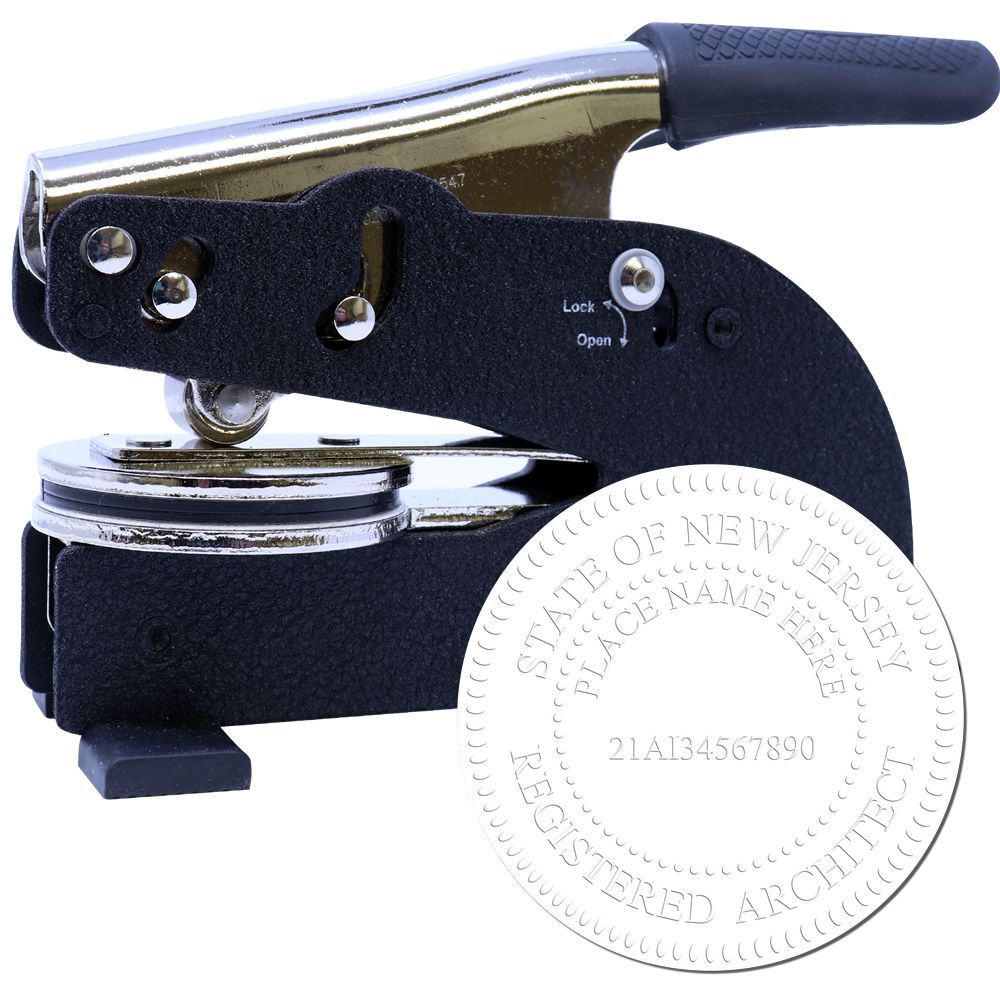
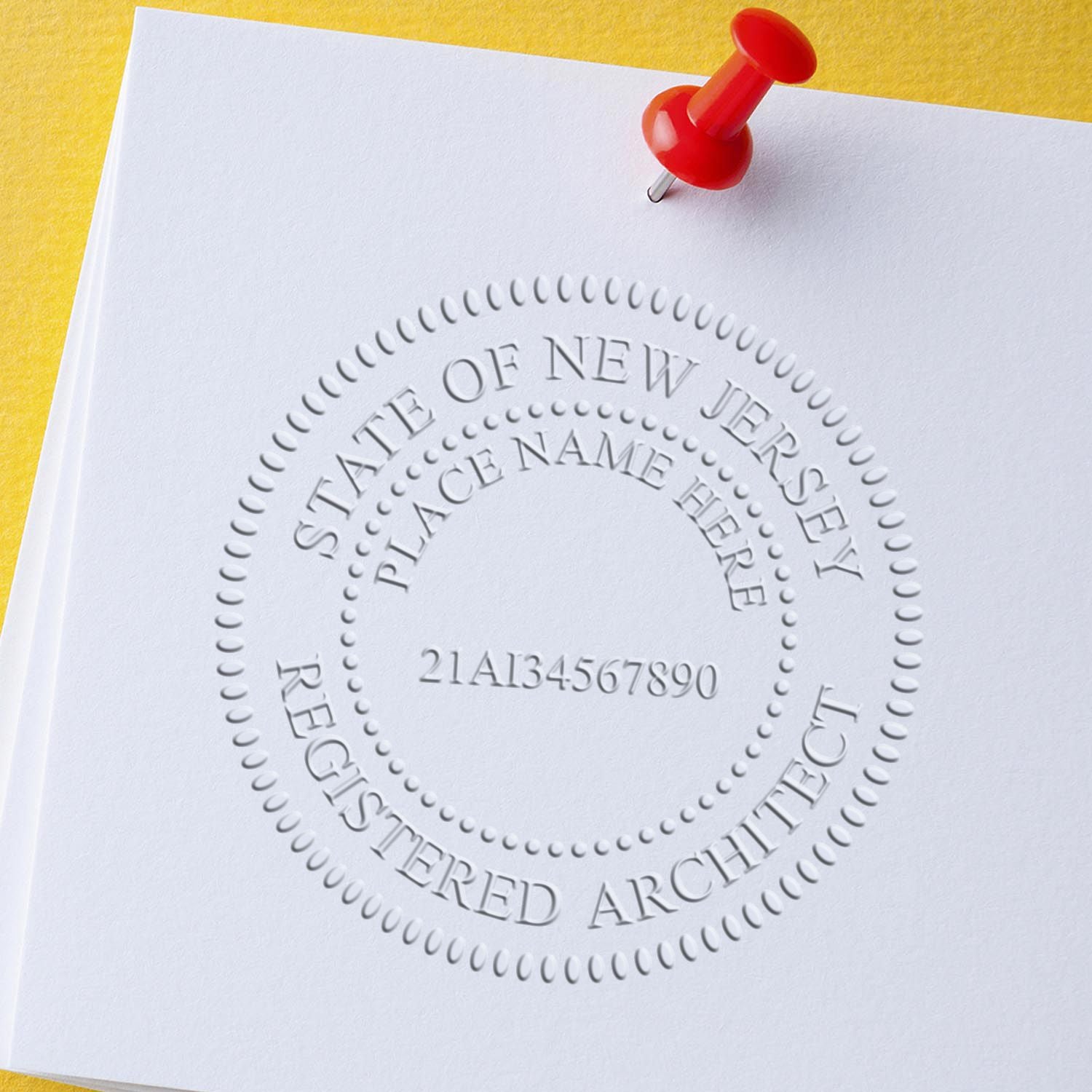 State of New Jersey Long Reach Architectural Embossing Seal3022ARC-NJSale price$129.95 Regular price$140.00
State of New Jersey Long Reach Architectural Embossing Seal3022ARC-NJSale price$129.95 Regular price$140.00 -
Professional Architectural Associations: Joining professional associations such as the American Institute of Architects (AIA) or the New Jersey Chapter of the AIA can provide access to resources, networking opportunities, and educational events specifically tailored to architects in New Jersey.
-
Online Architectural Communities and Forums: Engaging with online communities and forums dedicated to architecture can provide a platform for architects to share knowledge, ask questions, and stay updated on industry trends and regulations.
Continuing Education Opportunities
Continuing education is essential for architects to stay current with the latest developments in the field and maintain their professional skills. In New Jersey, architects are required to complete a certain number of continuing education hours to renew their licenses. These opportunities not only help architects fulfill their licensing requirements but also provide valuable insights into industry advancements and best practices.
Some avenues for continuing education include:
-
Architectural Conferences and Workshops: Attending conferences, workshops, and seminars focused on architecture allows architects to learn from industry experts, gain new perspectives, and stay up to date with the latest techniques, materials, and technologies.
-
Online Courses and Webinars: Online platforms offer a wide range of courses and webinars that architects can take at their convenience. These courses cover various architectural topics, including design principles, sustainability, building codes, and construction techniques.
-
Architectural Publications and Journals: Subscribing to architectural publications and journals can provide architects with access to the latest research, case studies, and industry news. These publications often include articles on regulatory changes and architectural best practices.
By actively seeking out these resources and continuing education opportunities, architects can ensure they are well-informed and equipped to meet the requirements outlined in the New Jersey architect stamp guidelines. Staying up to date not only helps architects maintain compliance but also enhances their professional growth and expertise in the field.
About ESS
At Engineer Seal Stamps (ESS), we take pride in being the leading makers of high-quality rubber stamps, professional seals, and notary stamps. Our commitment to excellence is reflected in the state board guarantee that backs all our products. With ESS, you can be confident that you are getting the best of the best when it comes to stamping and sealing products.
Our team of experts will work closely with you to create customized rubber stamps and seals that meet your specific needs, whether you are an architect, engineer, surveyor, or other professional. We understand that time is of the essence in your line of work, which is why we offer a quick turnaround on all our products. ESS is also incredibly versatile, we cater to a broad range of industries, from oil and gas to healthcare, government, and education. When it comes to quality, our products speak for themselves. All our rubber stamps and seals are made using high-grade materials, ensuring that they will last you for years to come. Our stamping and sealing products are also designed to deliver crisp and clear impressions every time, so you can always be sure that your documents look professional and presentable.
At ESS, we are committed to providing our customers with stellar customer service, and we go above and beyond to ensure your satisfaction. Whether you need a customized rubber stamp, professional seal, or notary stamp, ESS is the trusted partner you can rely on for all your stamping and sealing needs.

